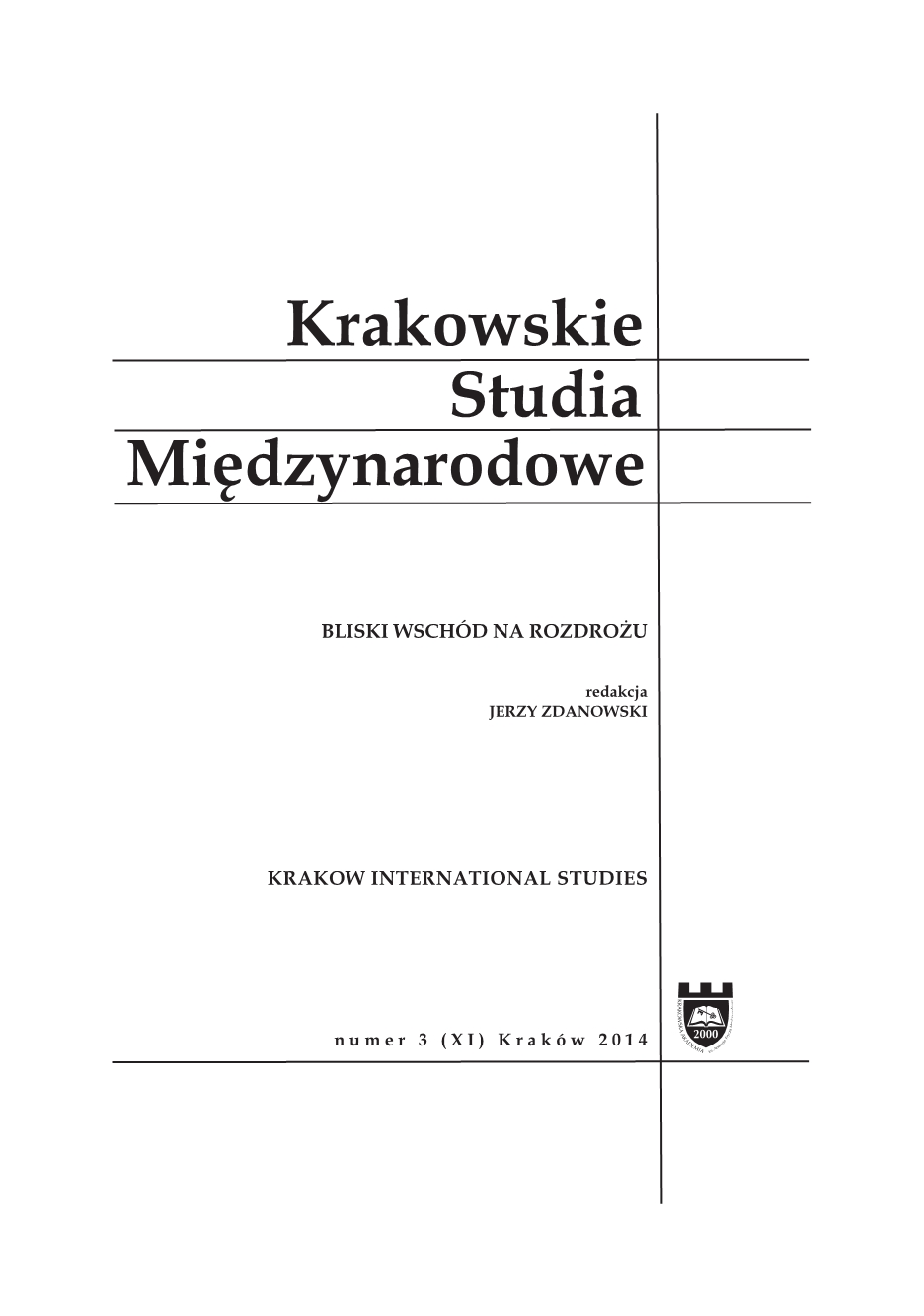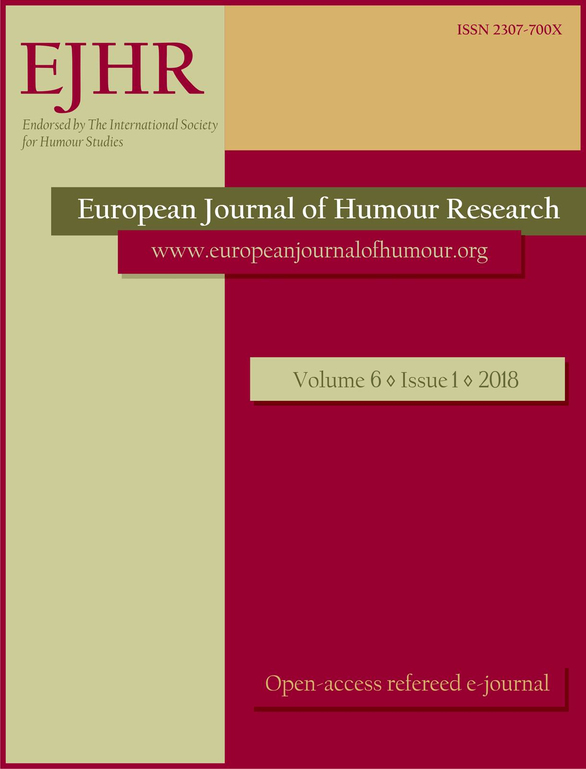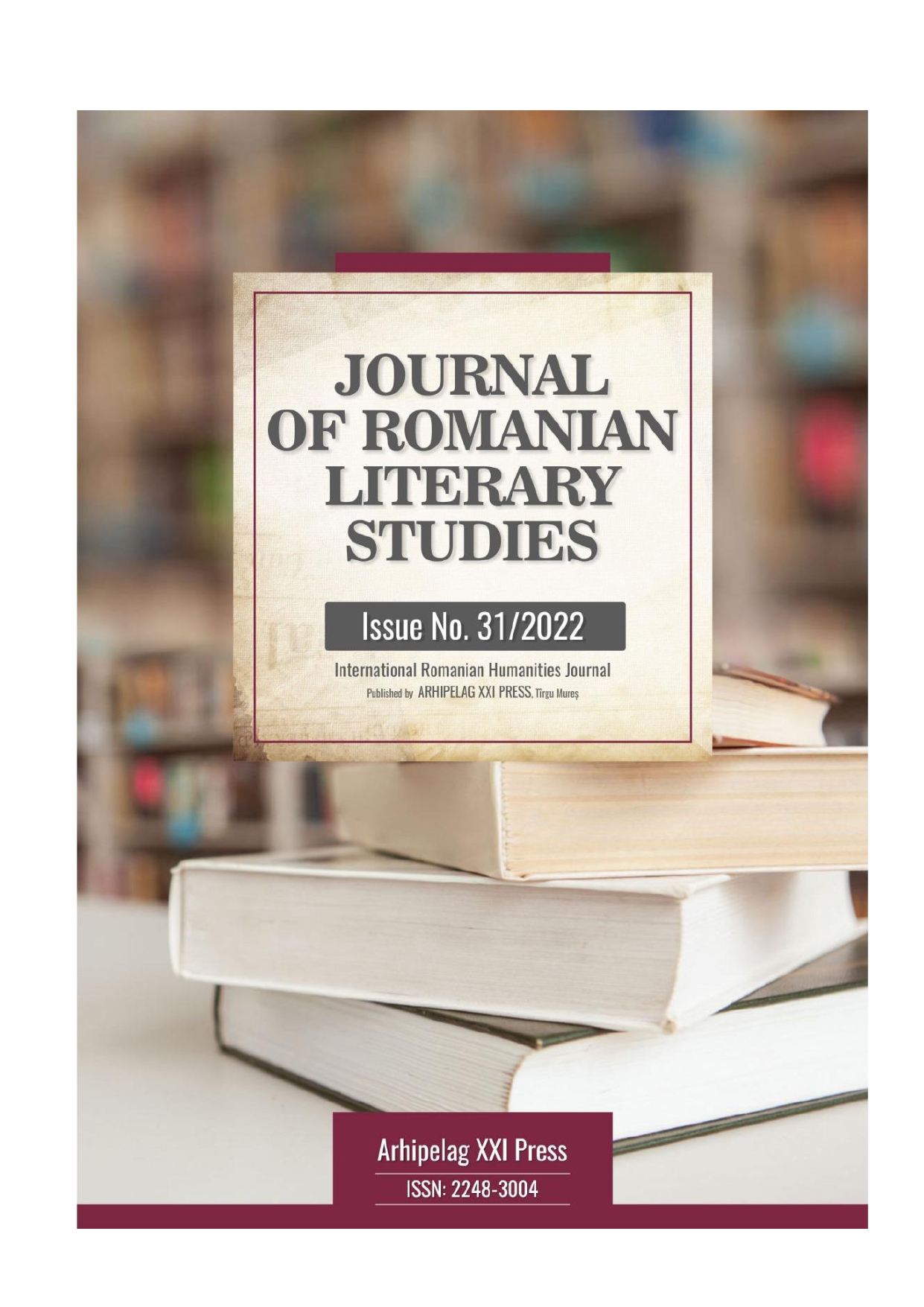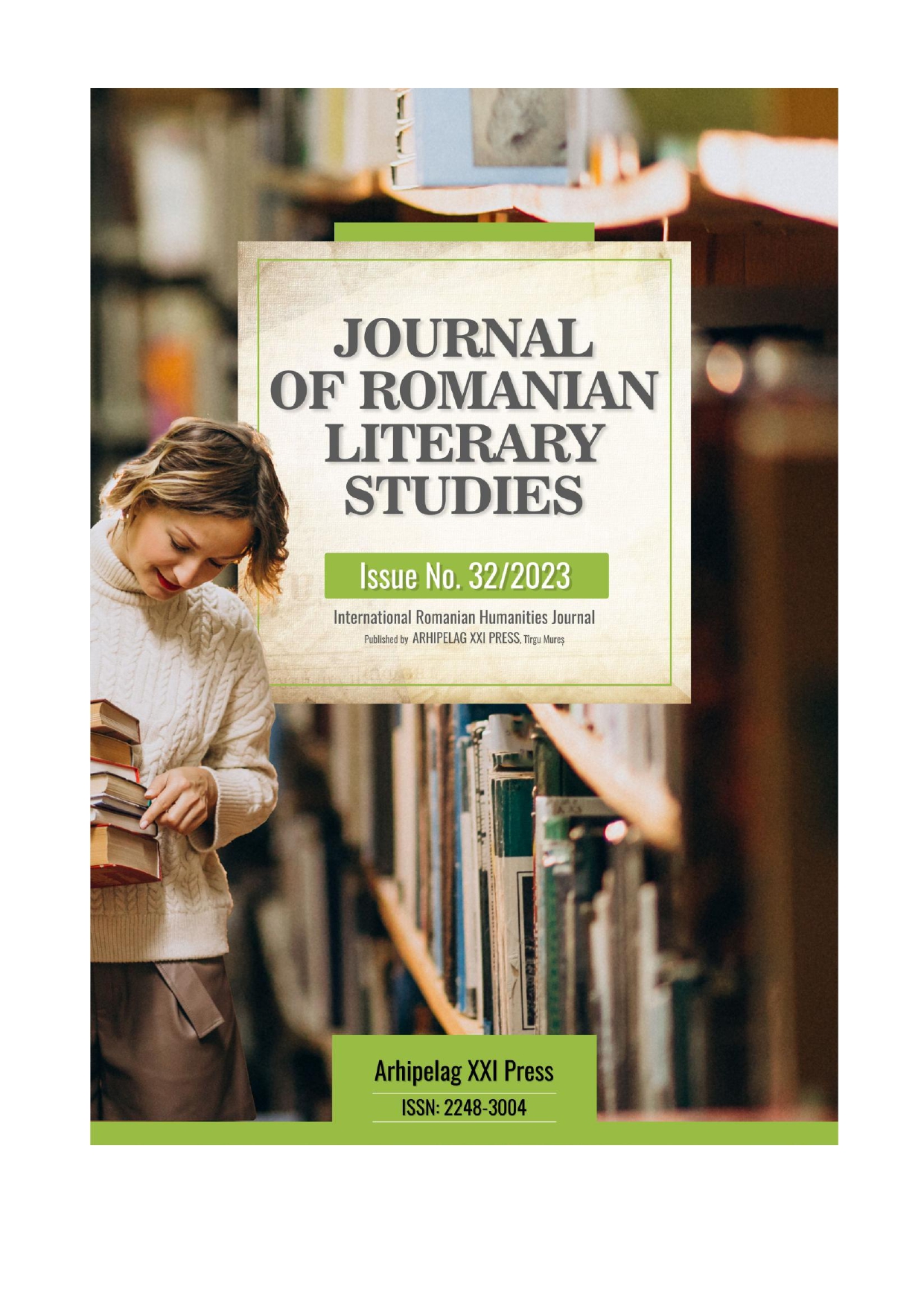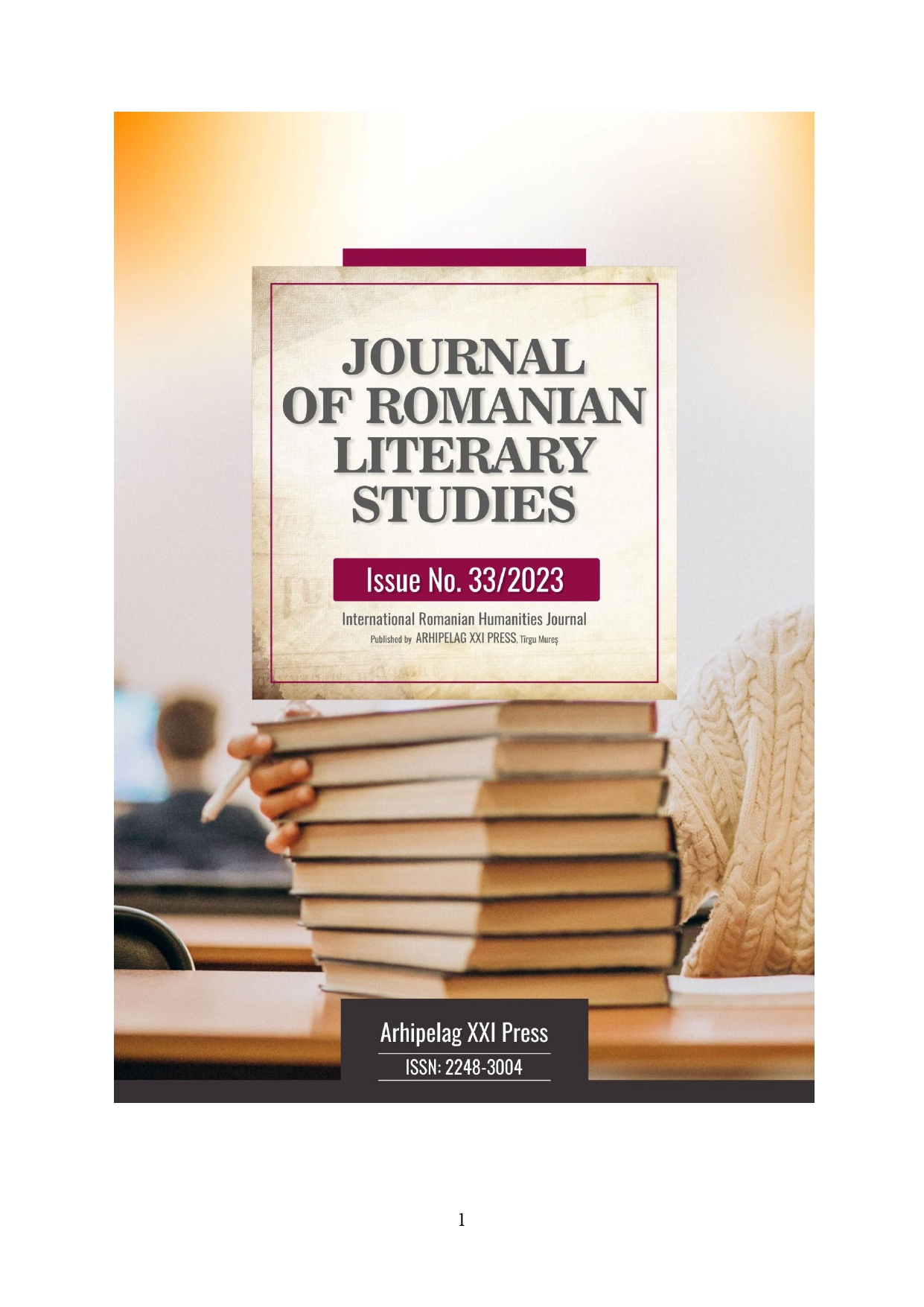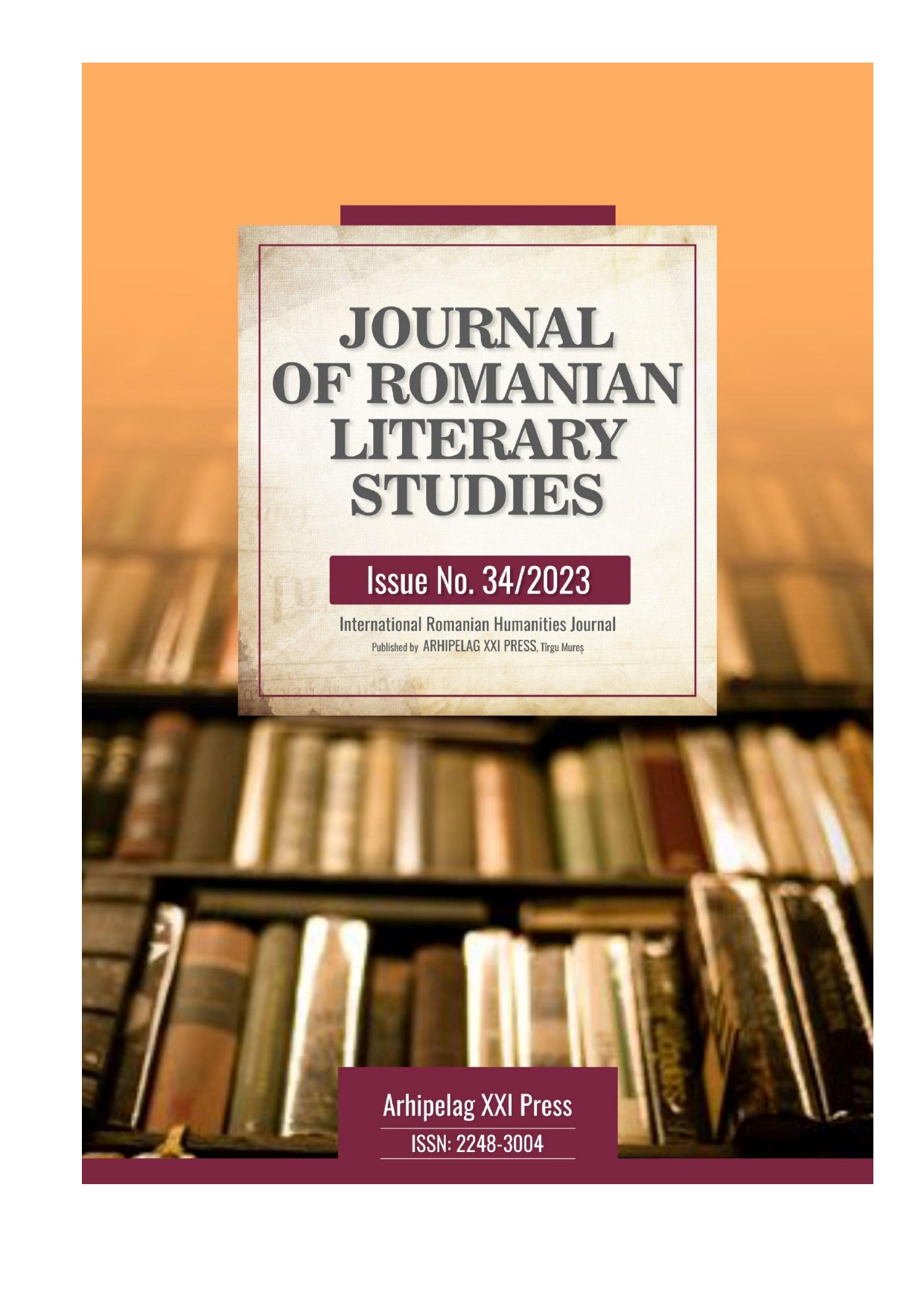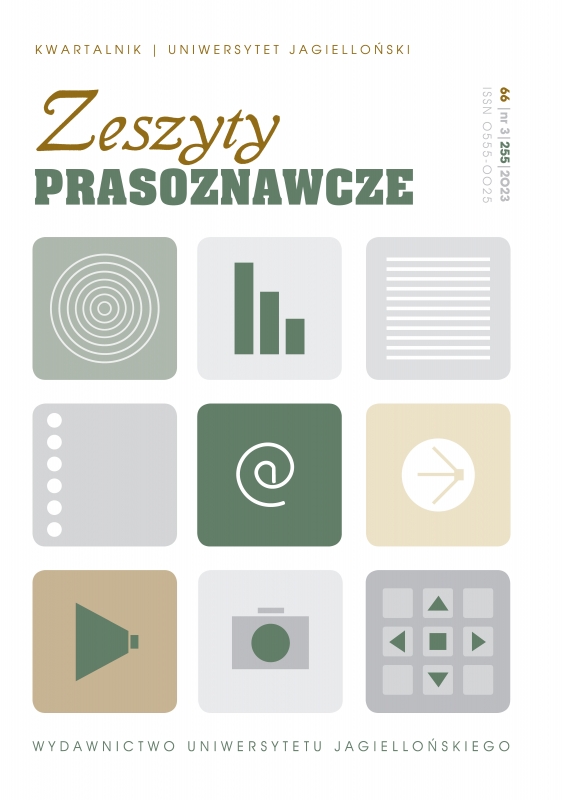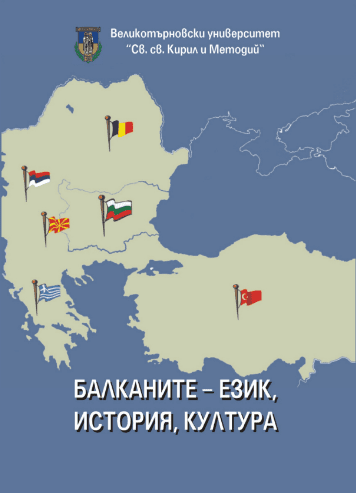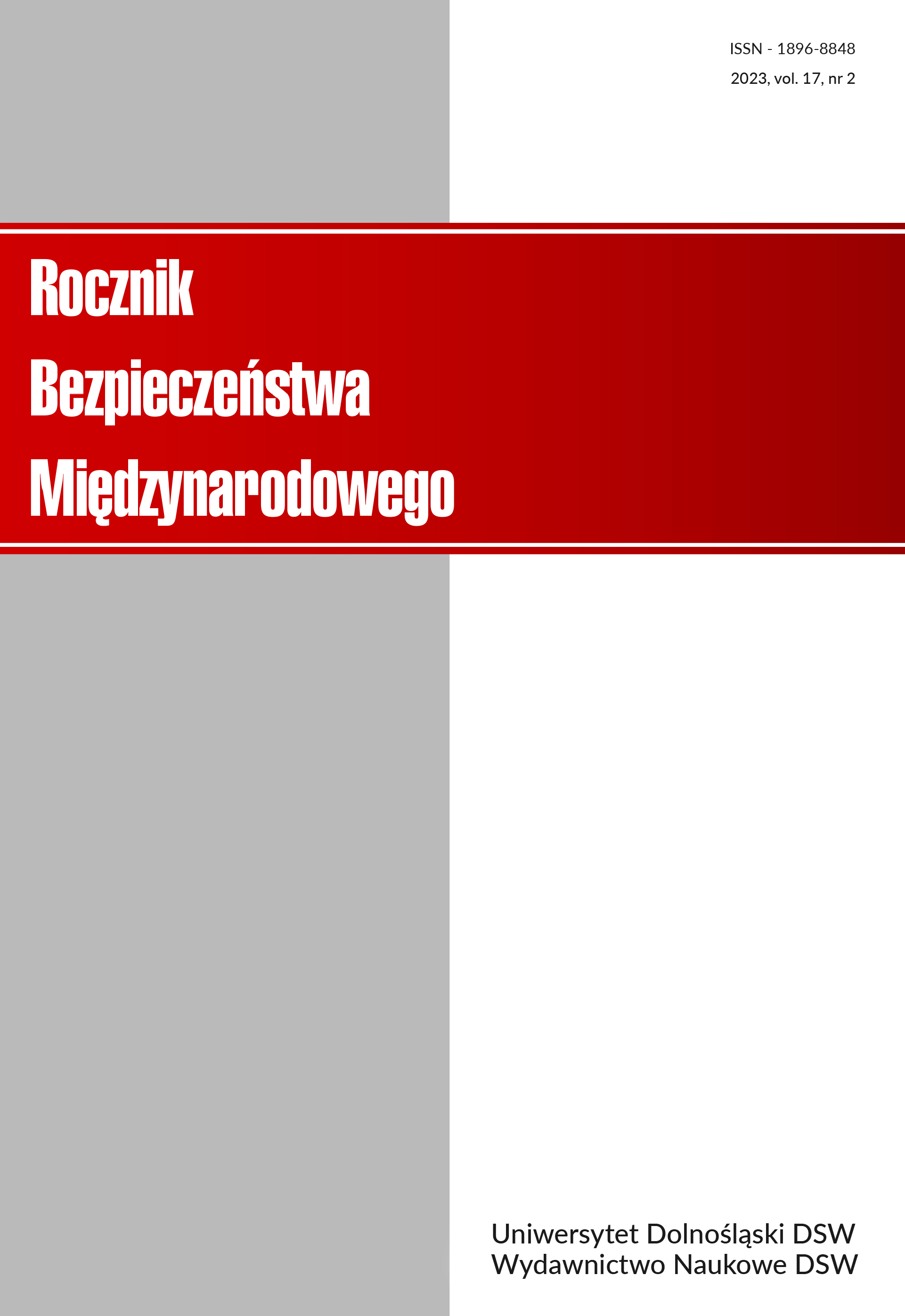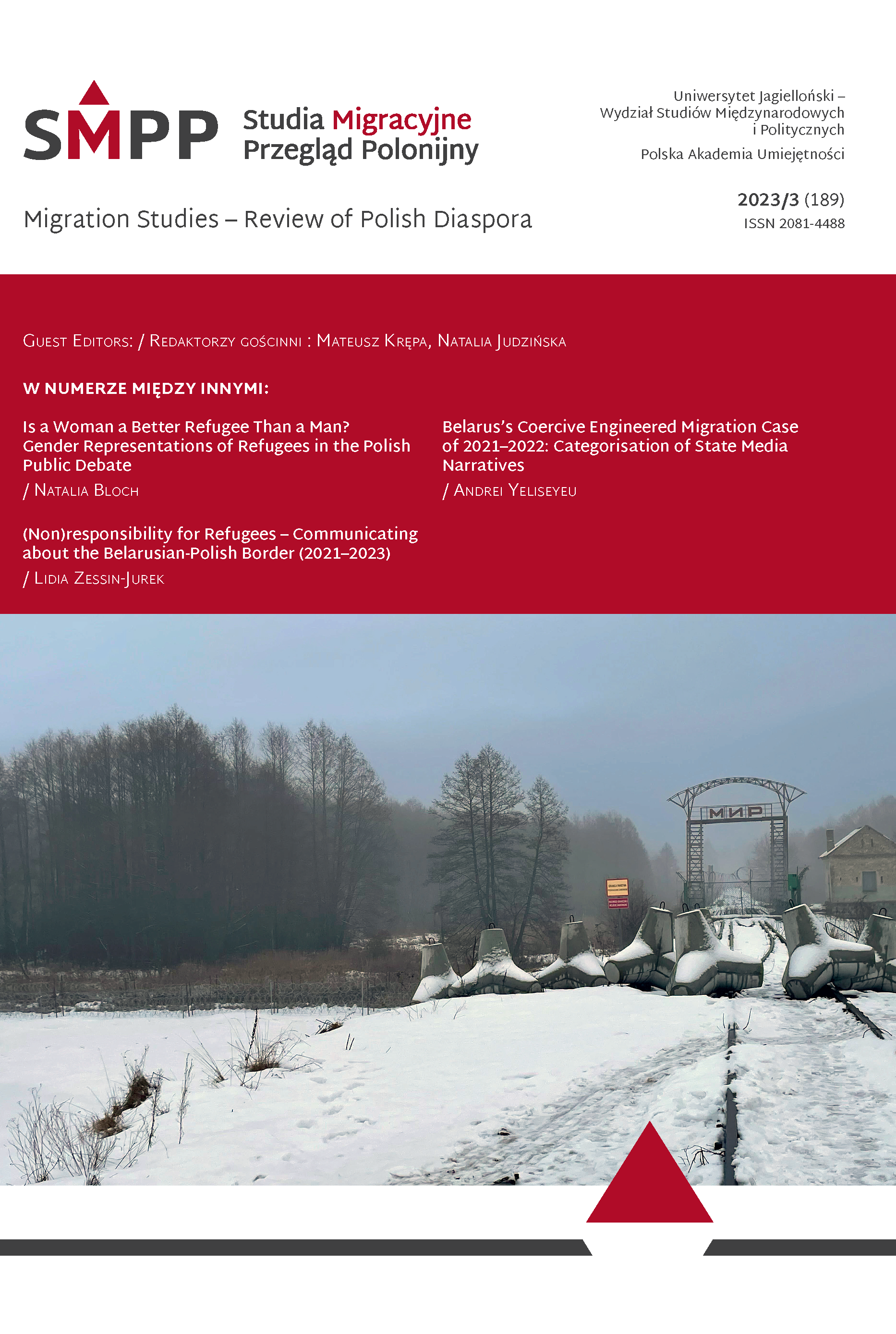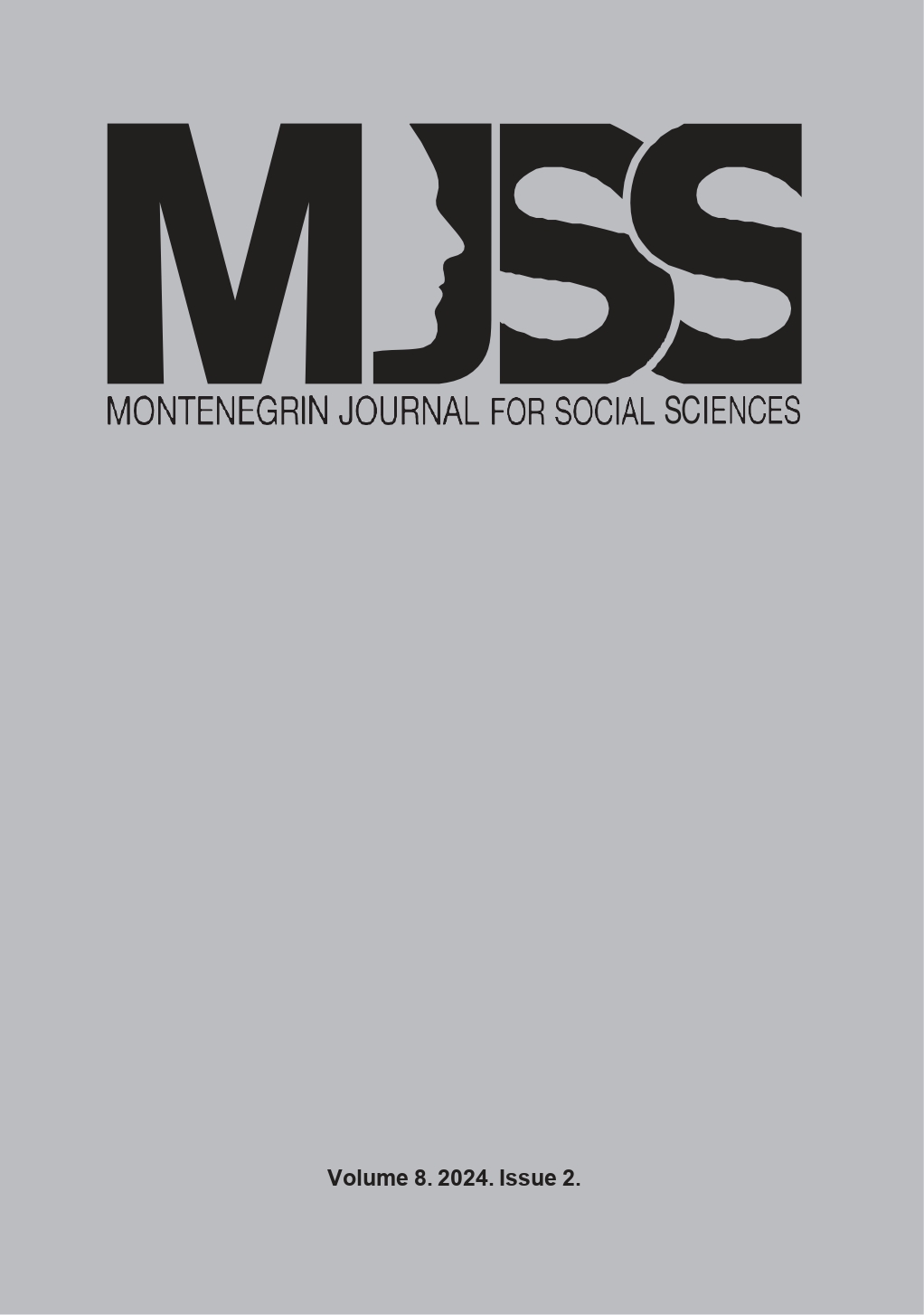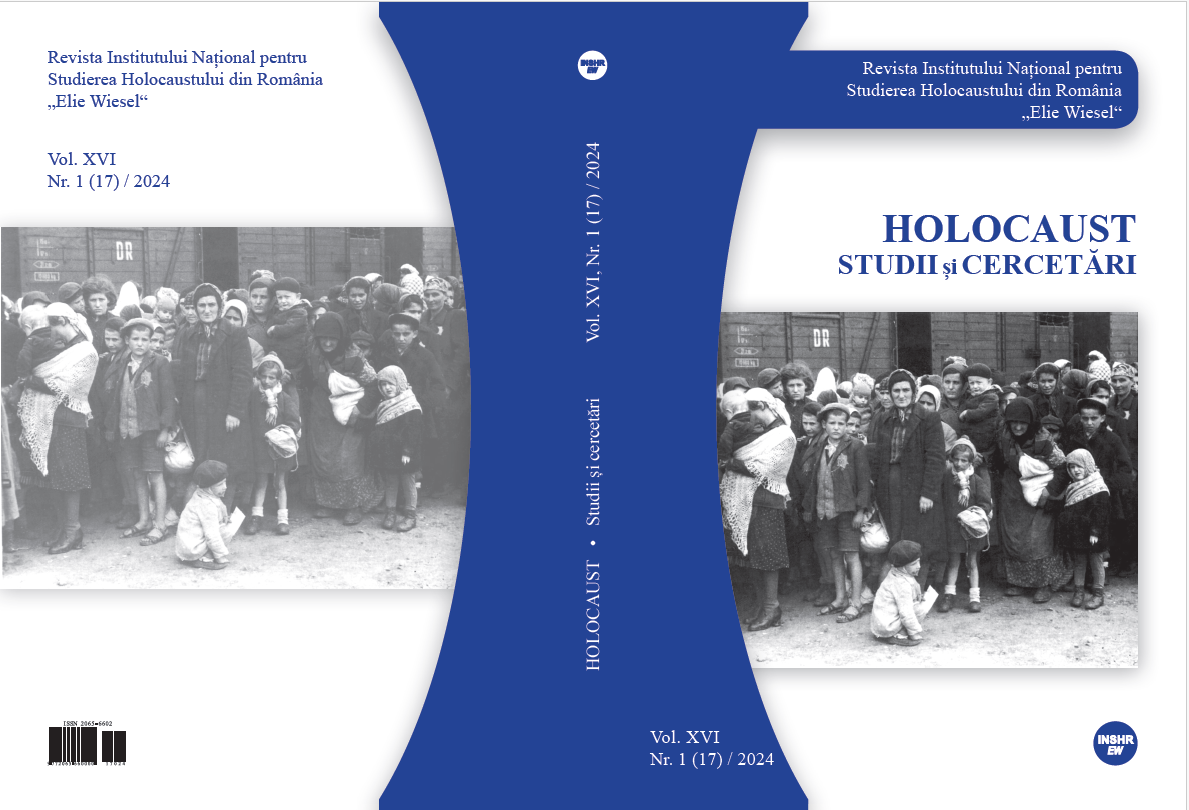Obraz osláv Slovenského národného povstania v denníku Pravda v povojnových rokoch (1945 – 1948)
The article deals with the image of the celebrations of Slovak national uprising in the daily Pravda in the years 1945 – 1948. It deals with the analysis of propaganda in post war Czechoslovakia on the example of commemorating important historical event in Slovak history – Slovak national uprising. It provides an overview and concept of celebration of the Slovak National Uprising in the early post war years. There is an analysis of the relationship of the German and Hungarian minorities in that period on the occasion of commemorating the Slovak National Uprising and the removal of democratic leaders from the Uprising image associated with preventing Democrats to participate in power. The aim of this article is to trace changes in the presentation of the Slovak national uprising celebrations on the pages of daily Pravda in the after war period, which were related to current political and social conditions and tobring information onhow socialist propaganda used historical event Slovak national uprising and its celebrations for extruding communist ideology.
More...
